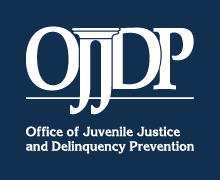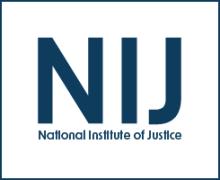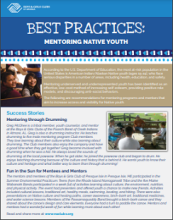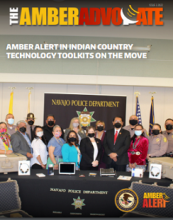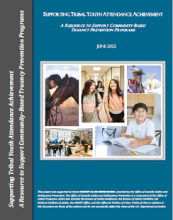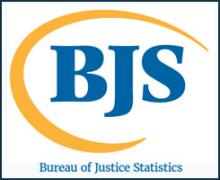American Indians or Alaska Natives
Mentoring and depressive symptoms of youth: Examining prospective and interactive associations with mentoring relationship quality
NCJ Number
305557
Journal
American Journal of Community Psychology
Date Published
2022
Agencies
OJJDP-Sponsored
Publication Link
Tribal Legal Code Resource: Crimes Against Children, Guide for Drafting or Revising Tribal Laws on Crimes Against Children
Date Published
February 2022
Agencies
OVC-Sponsored
Embracing Tribal Culture to Build Research Partnerships
Date Published
November 2022
Agencies
NIJ
Boys & Girls Clubs of America Best Practices: Mentoring Native Youth
Date Published
2018
Agencies
OJJDP-Sponsored
Victim-Survivors' Prioritization of Reasons for Non-Reporting Adult Sexual Assaults to Law Enforcement
NCJ Number
305255
Journal
Journal of Interpersonal Violence
Date Published
2022
Agencies
BJA-Sponsored
Publication Link
The AMBER Advocate, Issue 3, 2022
Date Published
September 2022
Agencies
OJJDP-Sponsored
Supporting Tribal Youth Attendance Achievement: A Resource to Support Community-Based Truancy Prevention Programs
Date Published
June 2022
Agencies
OJJDP-Sponsored
Tribal Crime Data Collection Activities, 2022
Date Published
July 2022
Agencies
BJS
Immigrant status, citizenship, and victimization risk in the United States: New findings from the National Crime Victimization Survey (NCVS)
NCJ Number
305073
Journal
Criminology
Date Published
2021
Agencies
NIJ-Sponsored
Publication Link
NIJ Recidivism Challenge Report, Team Klus
Date Published
August 2021
Agencies
NIJ-Sponsored



